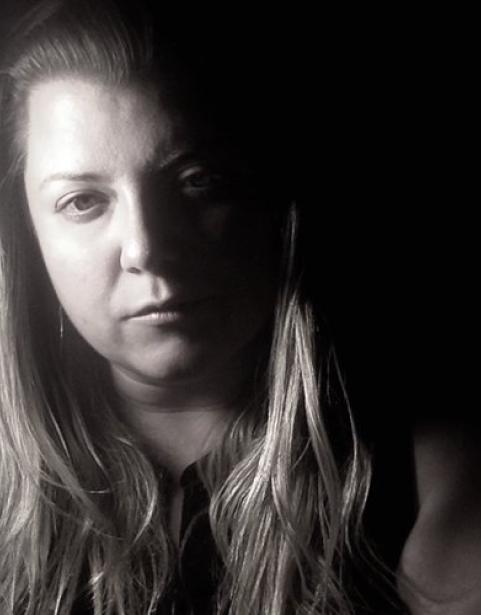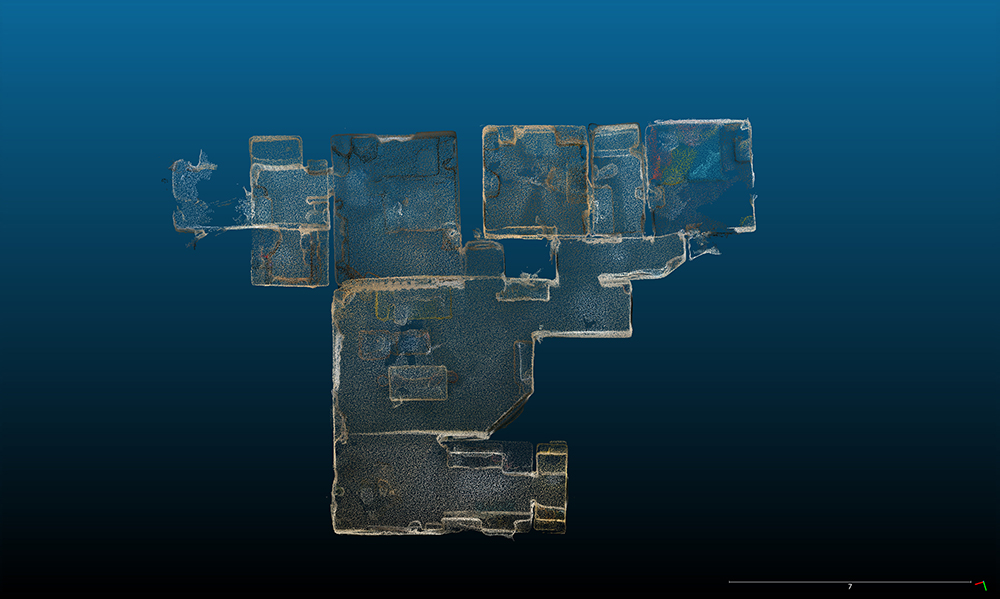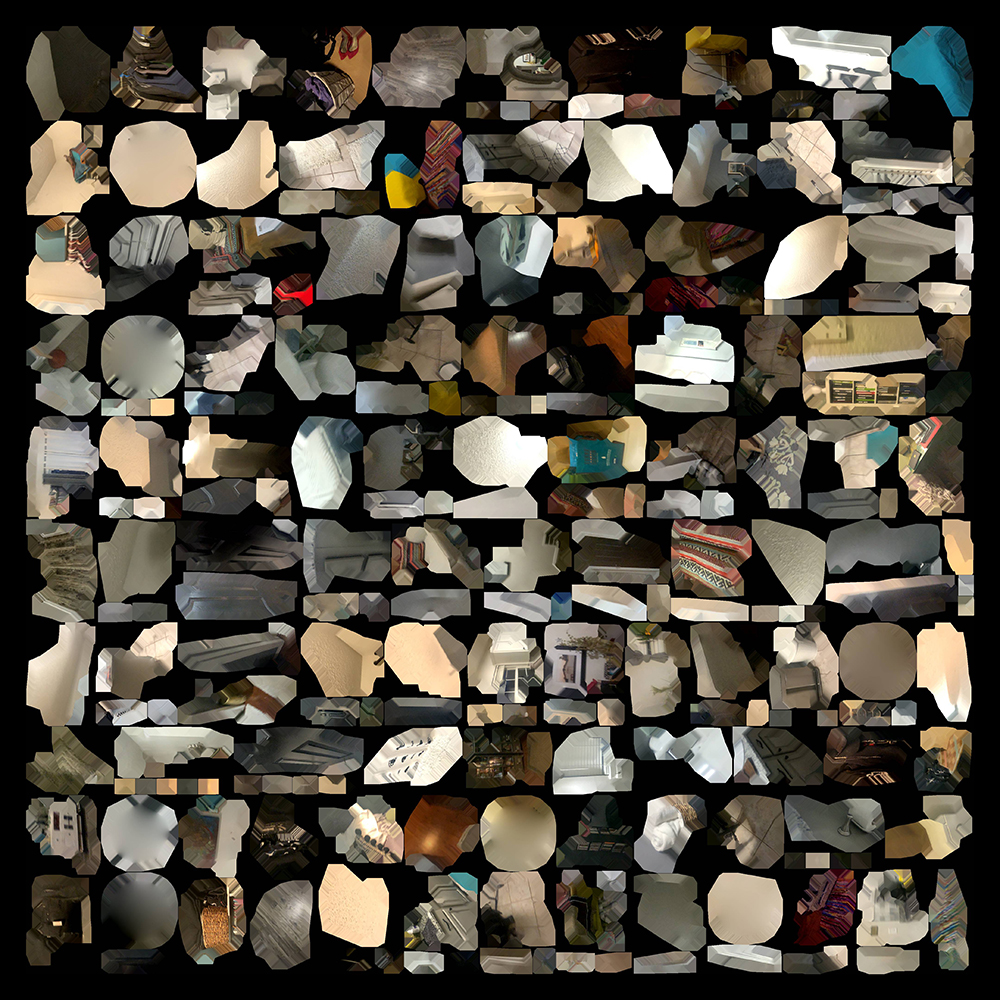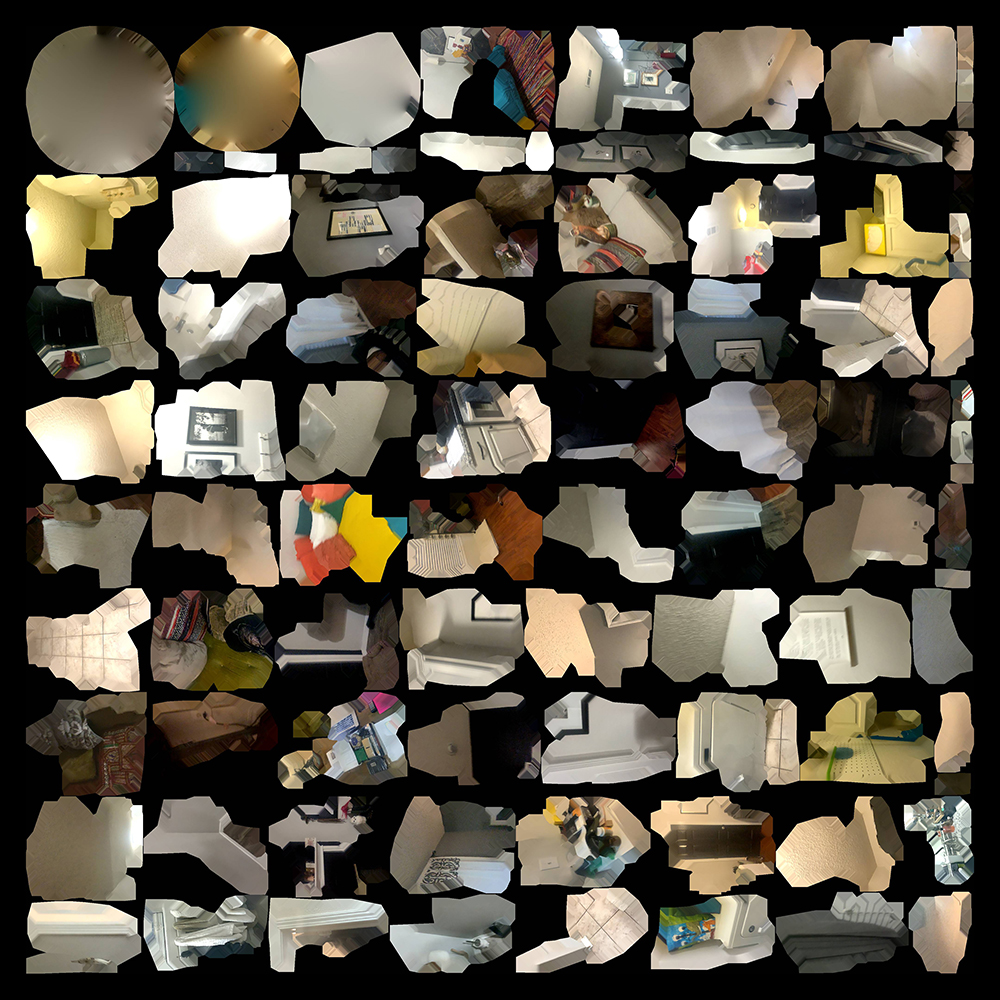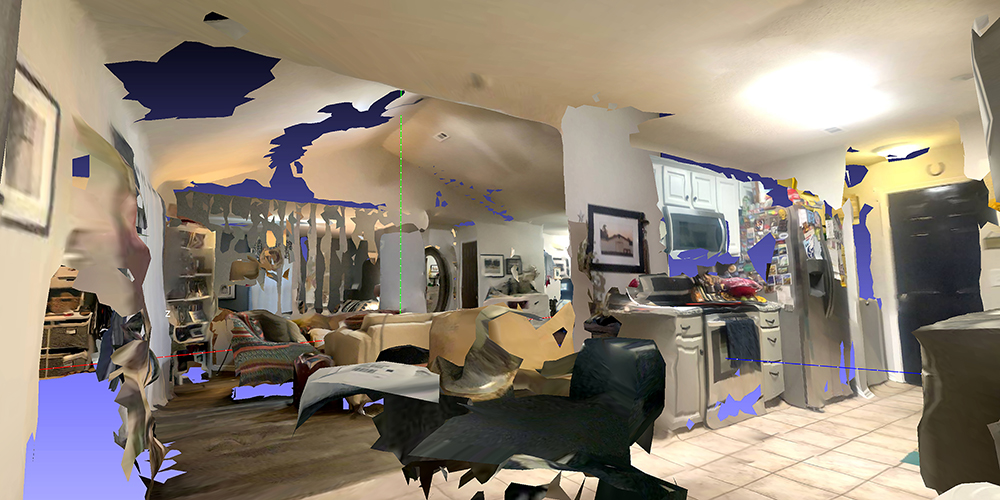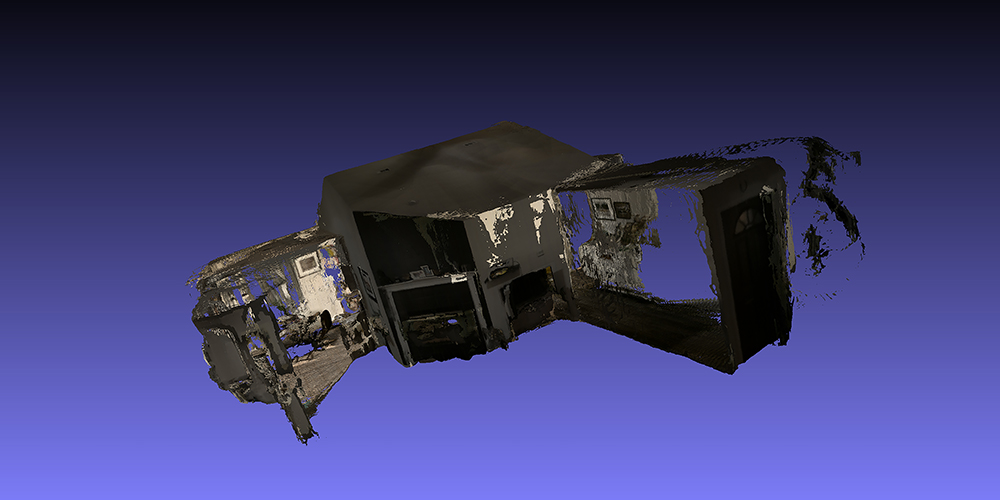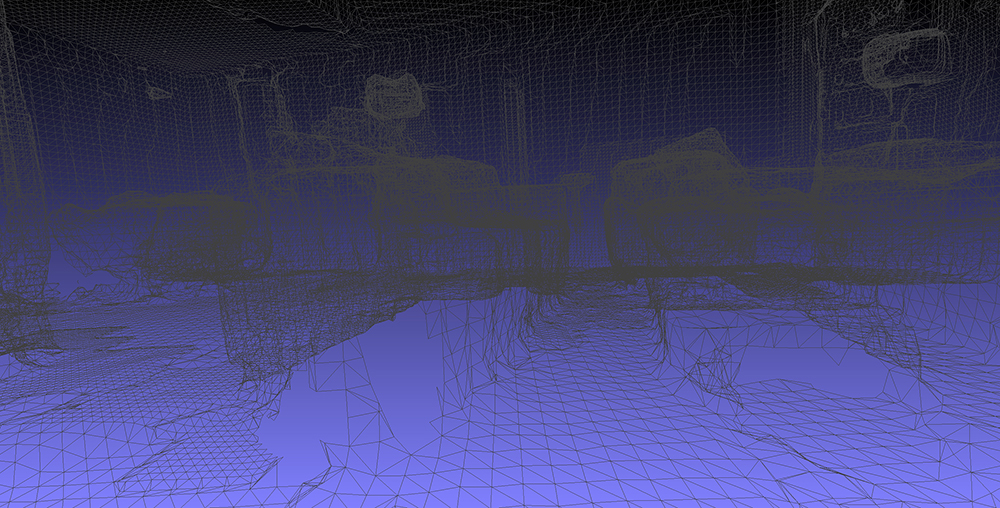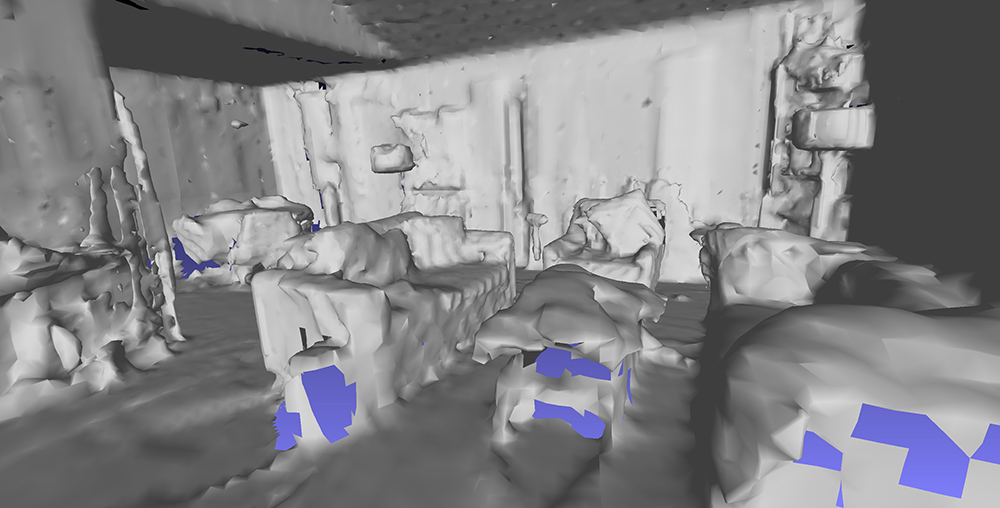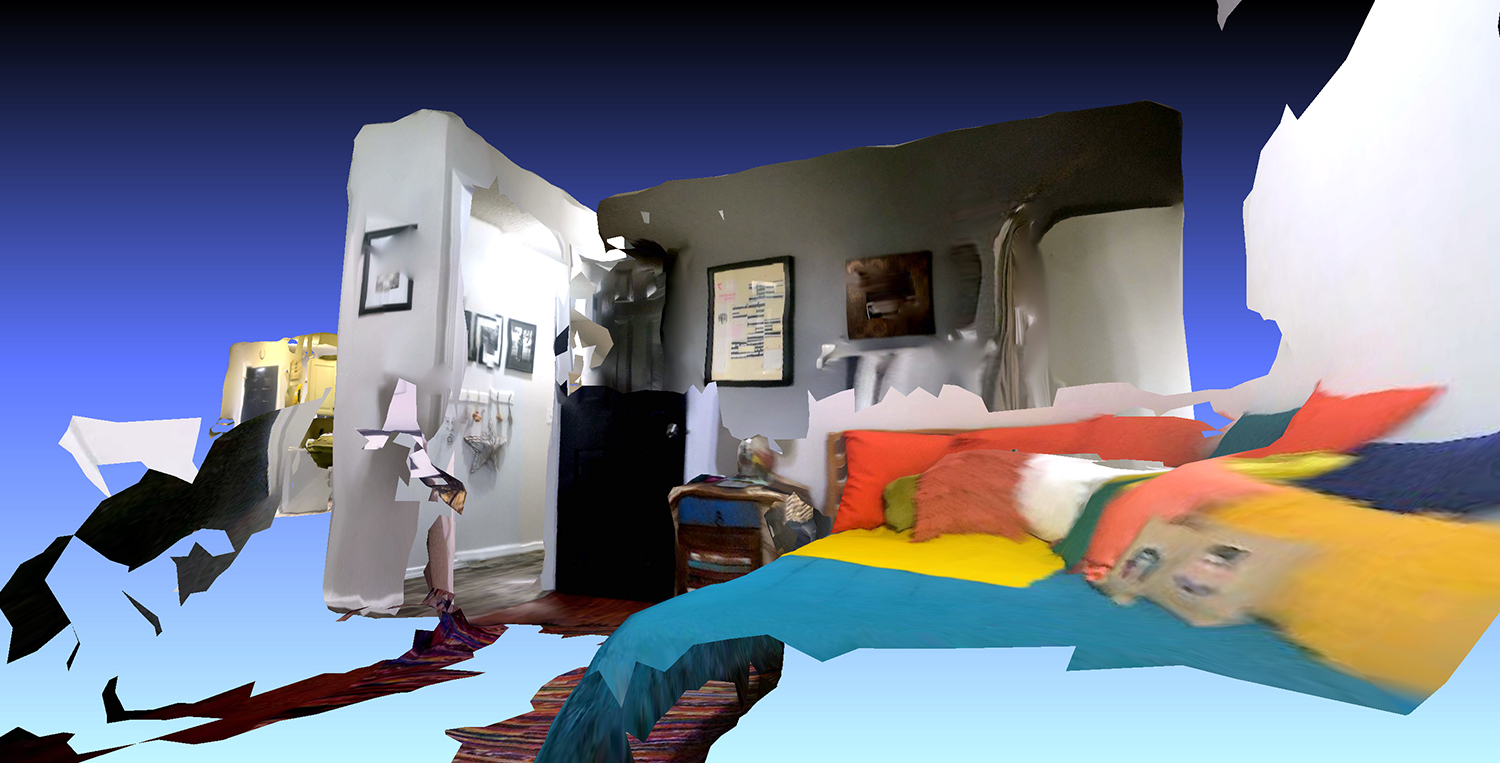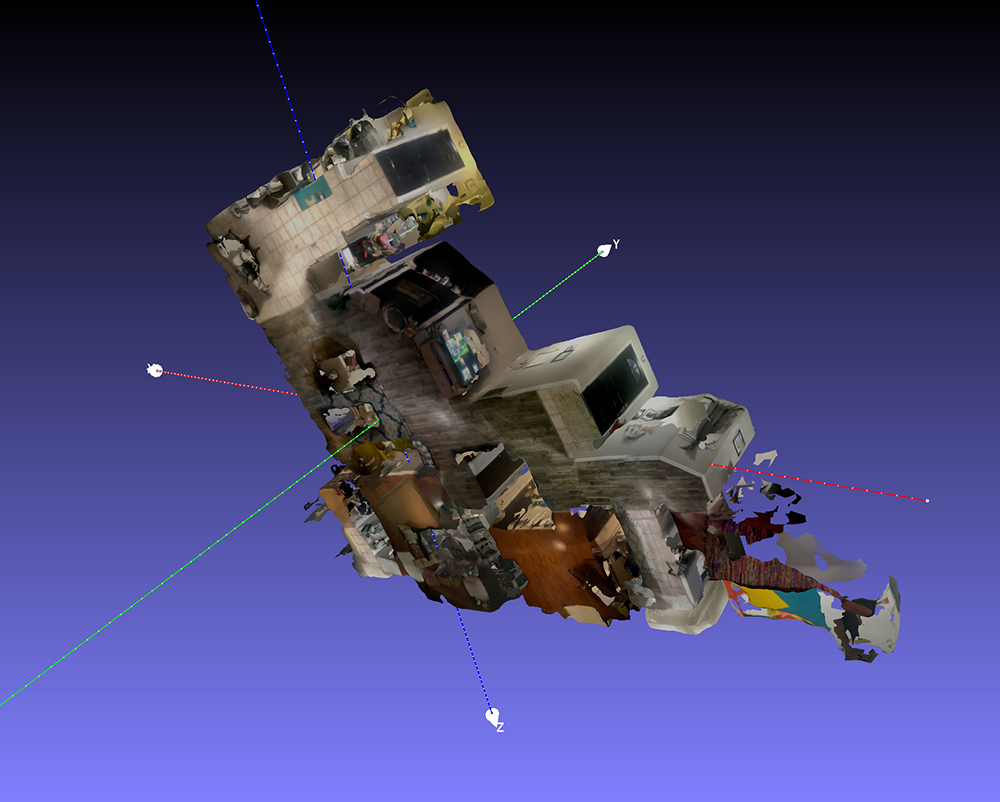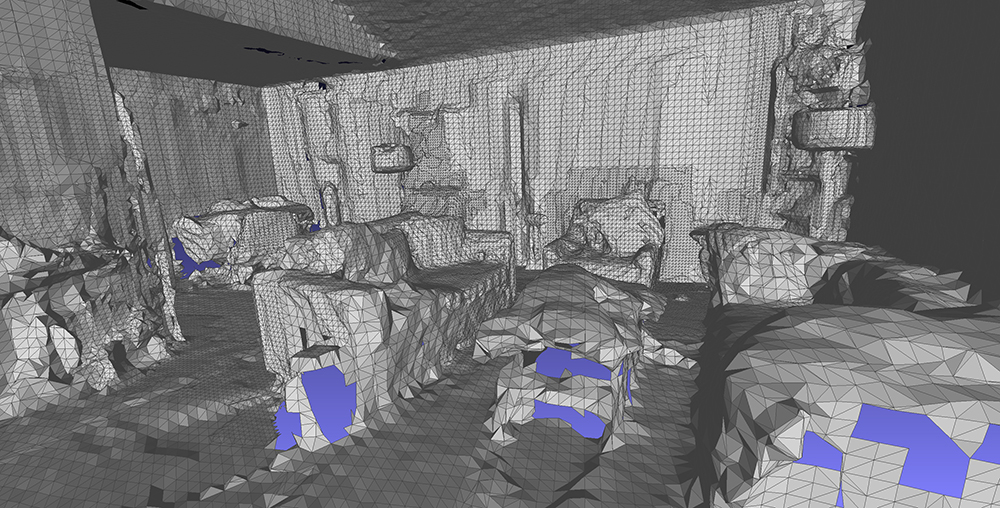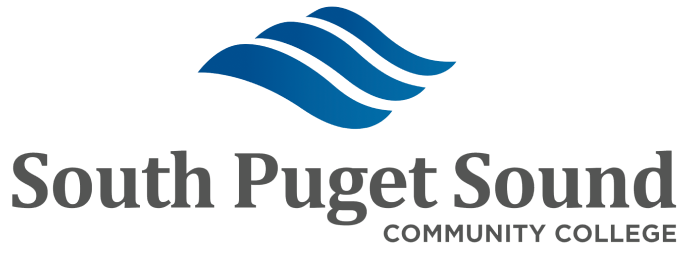In 2015, she trained in The Abramovic Method of Performance with Marina Abramovic. They hold Level I Certification in Pauline Oliveros’ method of Deep Listening with The Center for Deep Listening through Rensselaer Polytechnic Institute. They have received grants and support from groups such as: Creative Capital of New York, Flux Projects, the InLight Richmond Festival, Atlanta Celebrates Photography, Filmatic Festival, IDEA Festival, and Idea Capital. Her work has been reviewed and featured in such places as the Public Art Review Magazine, the Public Art Archive, the Huffington Post, the Atlanta Journal Constitution, New Media Caucus, and Art Papers Magazine.
She received a BFA degree in Photography from Georgia State University. They hold a Master’s Degree in Visual Art from the University of California San Diego. Byrd is currently Assistant Professor of Experimental Media in the Film Studies Department at the University of North Carolina Wilmington. She previously served as a Visiting Assistant Professor of Experimental Media Art at the University of Arkansas. They are a former Lecturer in the Digital Arts division of the Claire Trevor School of the Arts at the University of California Irvine and the Interdisciplinary Computing and the Arts (ICAM) major in the Visual Arts department at the University of California San Diego.
Byrd is also the Founding Director of the Intersectional Feminist Media Lab embedded in the University of North Carolina Wilmington’s Film Studies Department. The IFML is a space focused on equitable access, training, education, awareness, and representation for marginalized identities and voices in media.
Home is most often seen as a refuge, a place of respite, a destination, and a goal. Domestic spaces are some of the most familiar places we inhabit, but rarely are they deemed worthy of meticulously consideration. This work utilizes my own domestic life as source material for an intimate visual study of form and space using 3D scanning technology. domicile explores how the pandemic and the need to quarantine has changed our collective relationship to home, shifting it from a refuge to also that of a confine. The boundary of the home is one that protects, but also restricts. This work embraces the creative challenges and limitations of confinement by using an emerging form of technology for the hyper-documentation of what is seen every day but rarely noticed.
This project was created using 3D scanning technology called LIDAR, a type of laser scanning that creates point clouds and mesh maps of surfaces or objects. Until recently, this technology was cost prohibitive for general use and reserved for commercial processes like architectural or landscape surveying. These tools have only recently been integrated into the next generation of smart phones and tablets, putting LIDAR into the mainstream. As an artist, I am interested in using these tools for archiving the commonplace while conceptually exploring the experience of stasis during a global crisis. These scans are intentionally abstracted and record the formal qualities of space and volume, as well as absence and presence. There is also an unexpected vulnerability in virtually allowing others inside of my home. This work shifts a space, my personal space, from one that was necessarily private and inaccessible to one that can be publicly viewed and explored.
